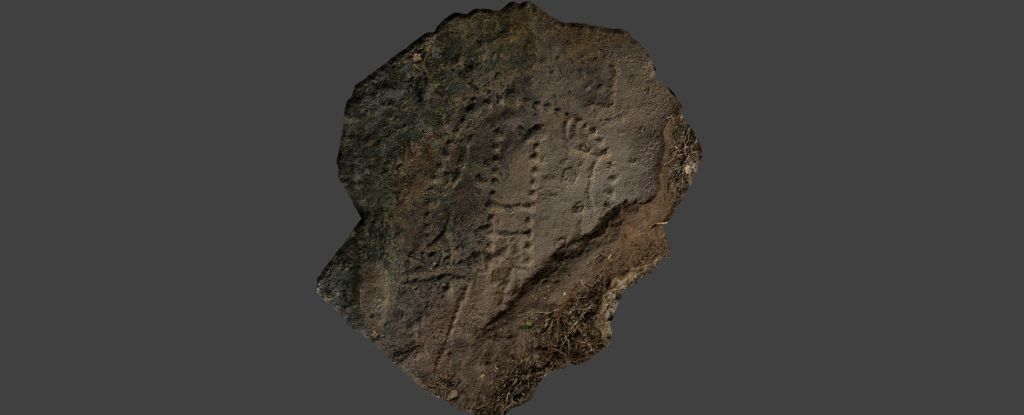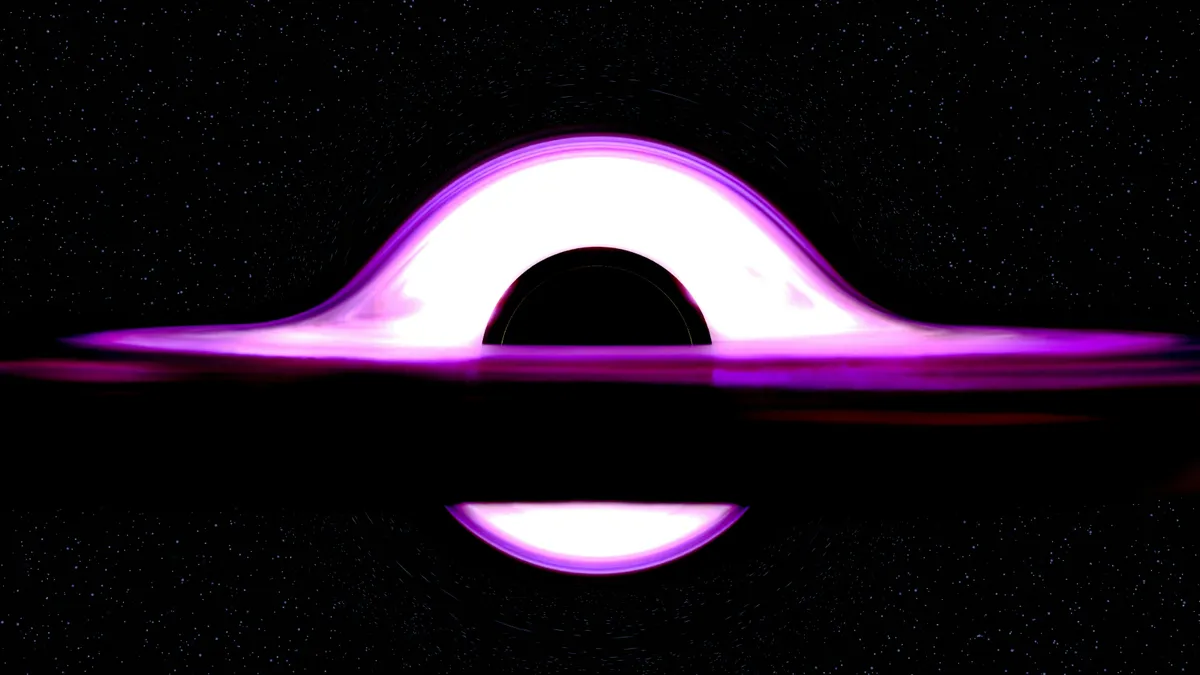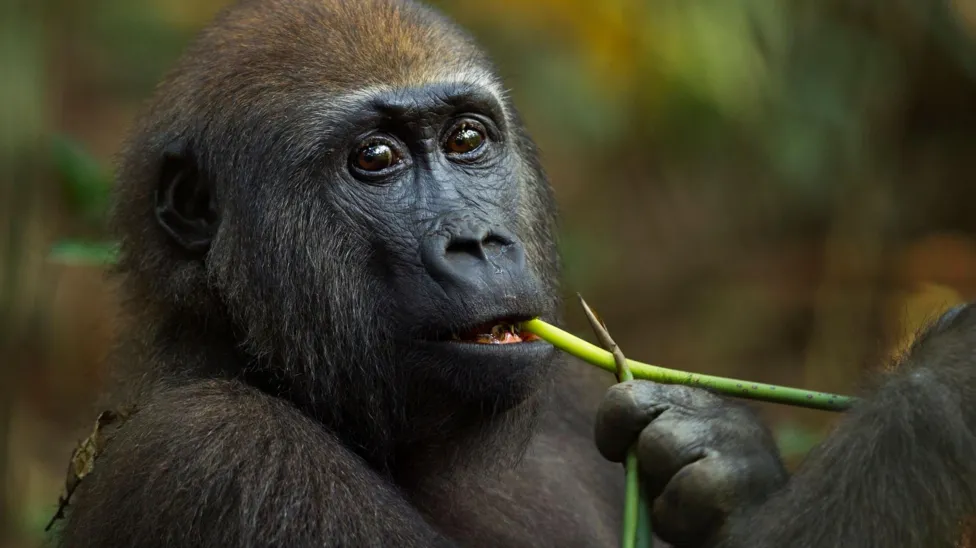News Desk
A newly discovered fossil site in the northeast US provides a glimpse into an ancient ecosystem nearly 100 million years older than the first dinosaurs. The exceptionally well-preserved find is described in Nature Communications.

Known as the Pitted Ware Culture (PWC), this waterfaring Neolithic group of hunter-gatherers lived in Scandinavia between 3500 and 2300 B.C., according to the study, published Aug. 26 in the Journal of Maritime Archaeology.

A direct comparison between the experimental psychedelic drug psilocybin and a standard SSRI antidepressant shows similar improvement of depressive symptoms, but that psilocybin offers additional longer-term benefits. The work is presented for the first time at the ECNP Congress in Milan. A related paper will appear in the journal eClinicalMedicine to coincide with the conference presentation.

At various sites on the Abşeron Peninsula and Gobustan Reserve in Azerbaijan, archaeologists have found six designs carved into the surfaces of rocks. Dating to around 2000 BCE, they each resemble the hallmark pattern on which the ancient board game Hounds and Jackals is based. The research has been published in the European Journal of Archaeology.

According to a study published this week, an asteroid roughly the length of a city bus will be captured by Earth’s gravitational pull and orbit our planet for about two months, becoming a “mini moon”.

A team of researchers have analyzed human remains from the Oakhurst rock shelter in southernmost Africa and reconstructed the genomes of thirteen individuals, who died between 1,300 and 10,000 years ago, including the oldest human genome from South Africa to date. Their study is published in the journal Nature Ecology & Evolution.

New research suggests that black holes may actually be “frozen stars,” bizarre quantum objects that lack a singularity and an event horizon, potentially solving some of the biggest paradoxes in black hole physics.

African rock art depicting a mythical tusked creature may mirror the look of fossils of real-life ancient mammal relatives called dicynodonts. See the study here.

Scientists have discovered what they call a ‘third state’ between life and death, where some cells of an organism survive even after the organism dies. They don’t just survive – they develop new capabilities they didn’t have in the organism’s life, according to a study published in the Physiology journal.

When modern humans emerged from Africa, they explored far more than just new places. They encountered other human species, and in the Zagros Mountains of Iran, they did a heck of a lot more than just say hello. This research was published in Scientific Reports.

Remember to look skyward to see the moon when it will be about 27000km closer to Earth than usual
A recent study published in Translational Psychiatry adds a new layer to this understanding by investigating how ketamine impacts brain function, specifically focusing on high-order interactions in brain activity.

In an article recently published in Latin American Antiquity, Dr. Jill Mollenhauer argues that the Gulf Lowland Olmec, one of Mesoamerica’s earliest major civilizations, sometimes incorporated aesthetic and ritual practices associated with their rock art into their sculptures…

Some chapters of human history are more poignant to revisit than others…But other chapters, like those describing the loss of our ancient ancestors, are harder to recover as time passes. A chance finding of bones in a cave is revealing clues of a much older tragic mystery.

Researchers in Gabon studied tropical plants eaten by wild gorillas – and used also by local human healers – identifying four with medicinal effects. Laboratory studies revealed the plants were high in antioxidants and antimicrobials. One showed promise in fighting superbugs. The research is published in the journal PLOS ONE.

The discovery, published September 11 in the journal Cell Genomics, could shed light on the still-enigmatic reasons for the species’ extinction and suggests that late Neanderthals had more population structure than previously thought.








